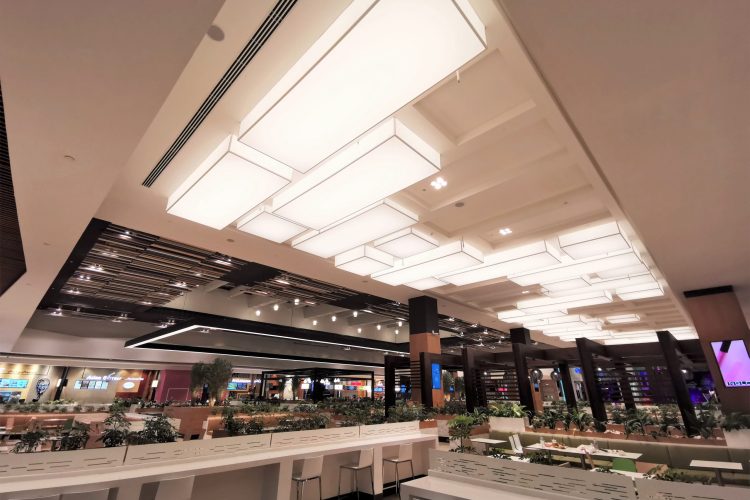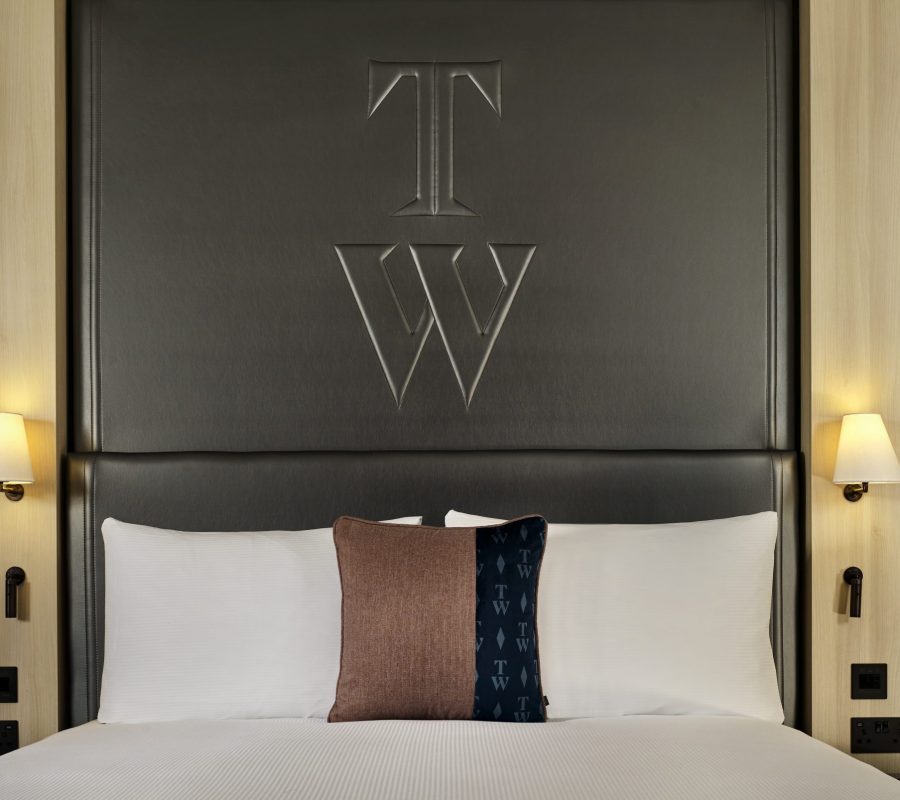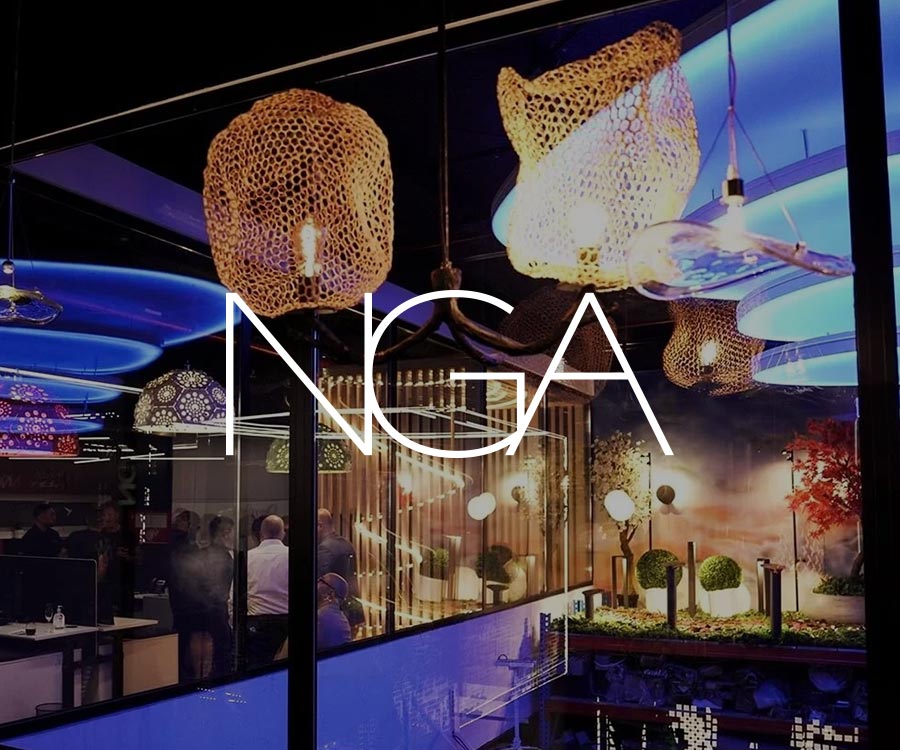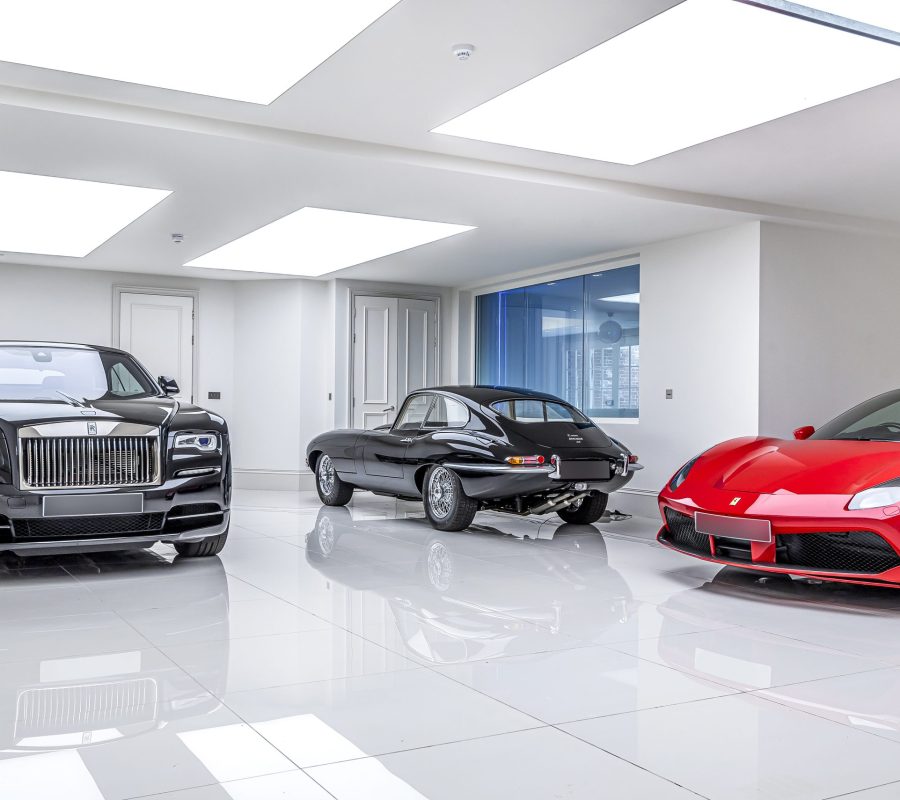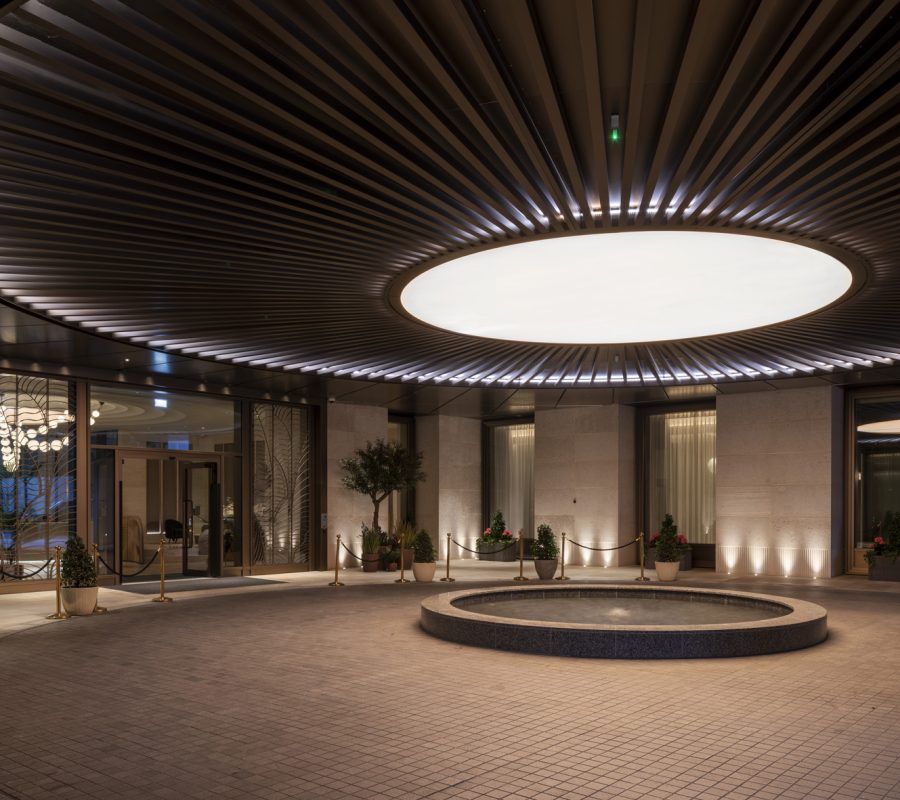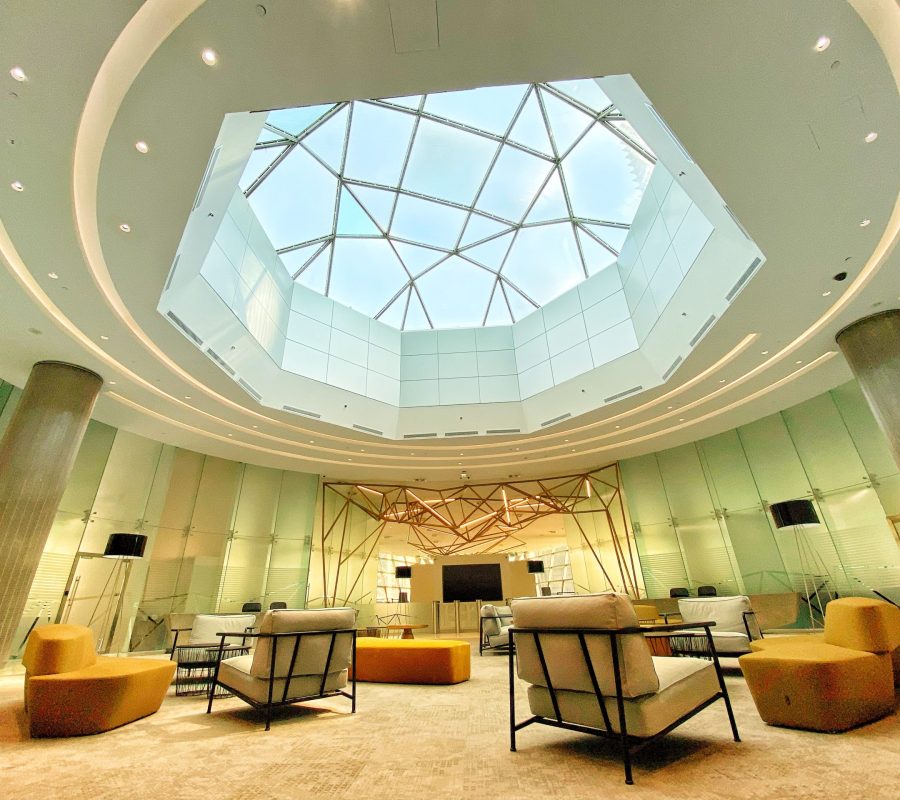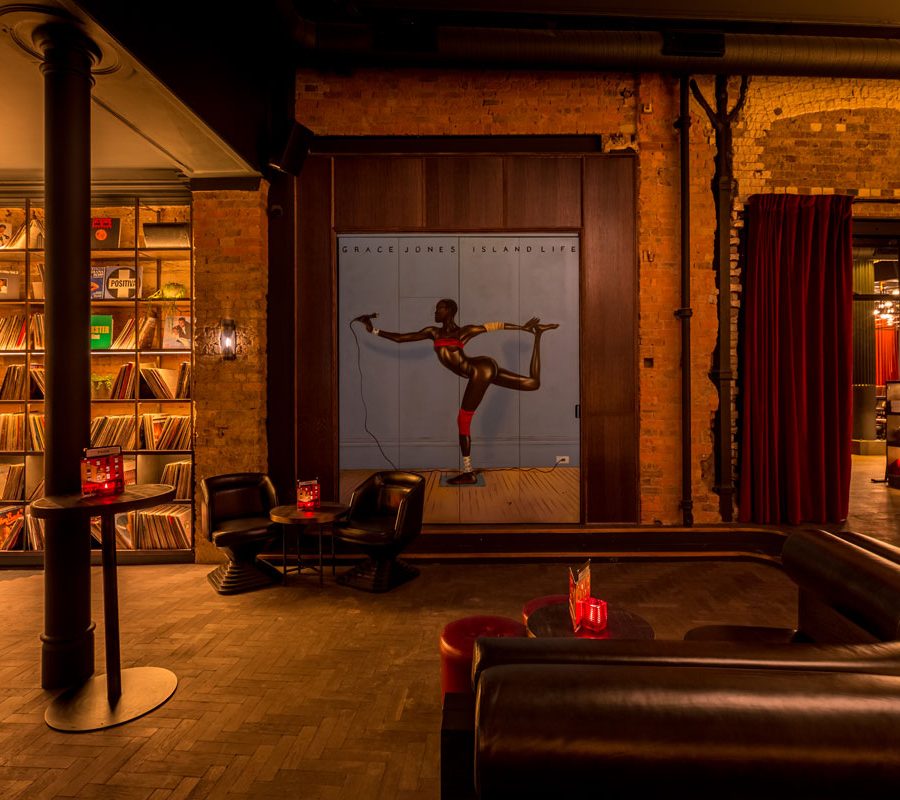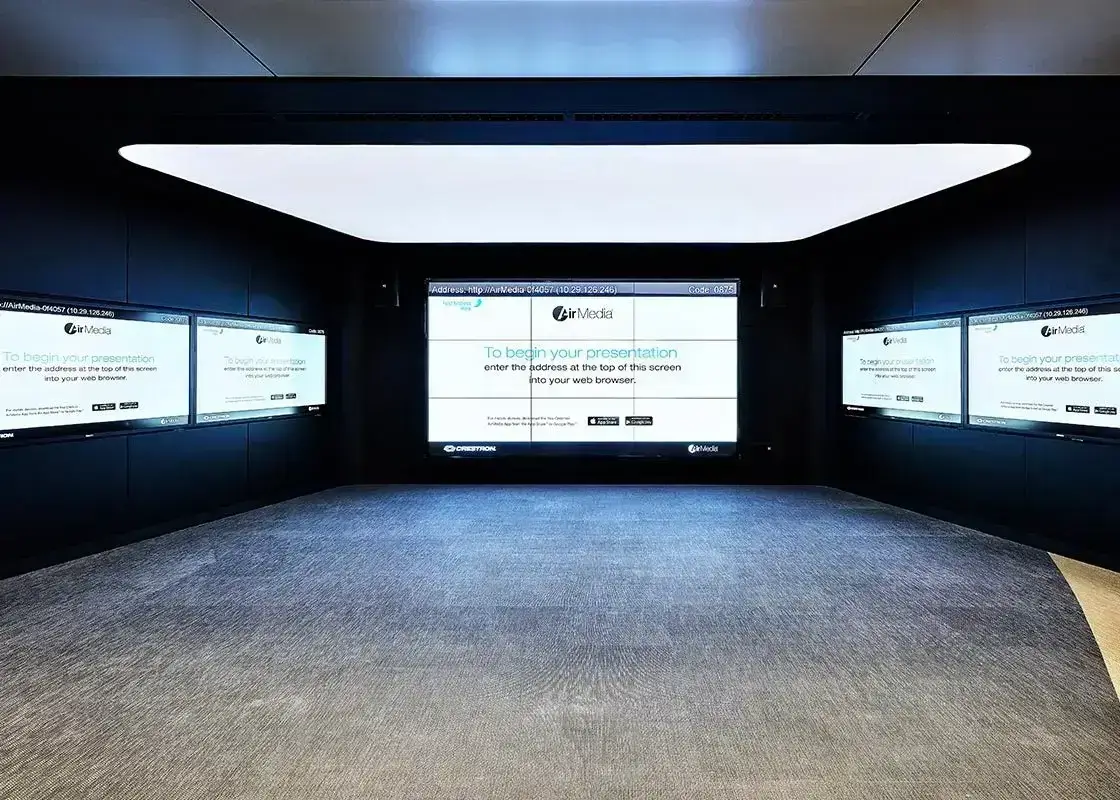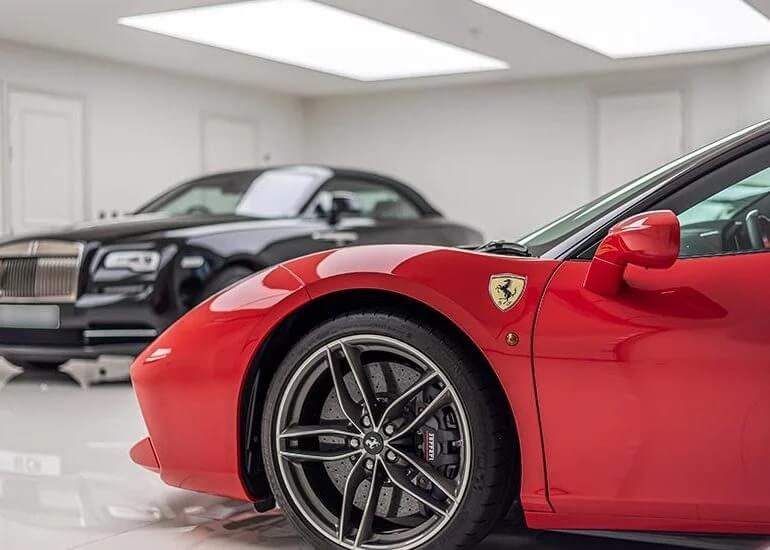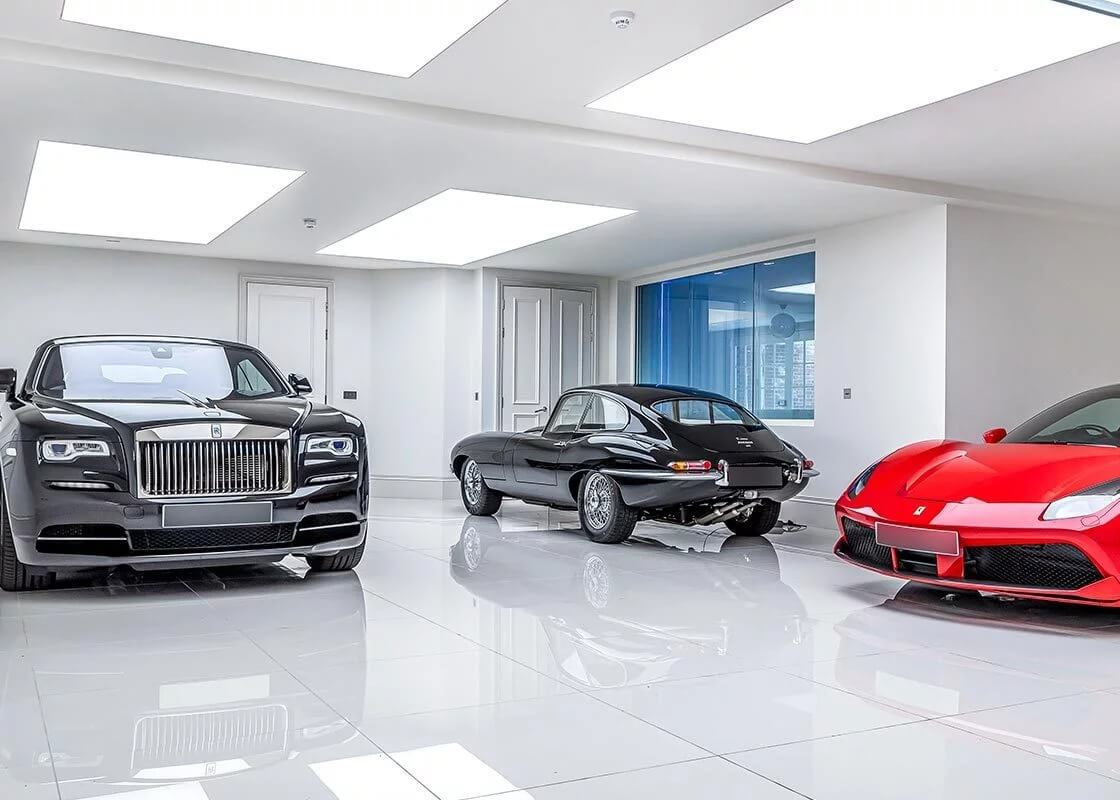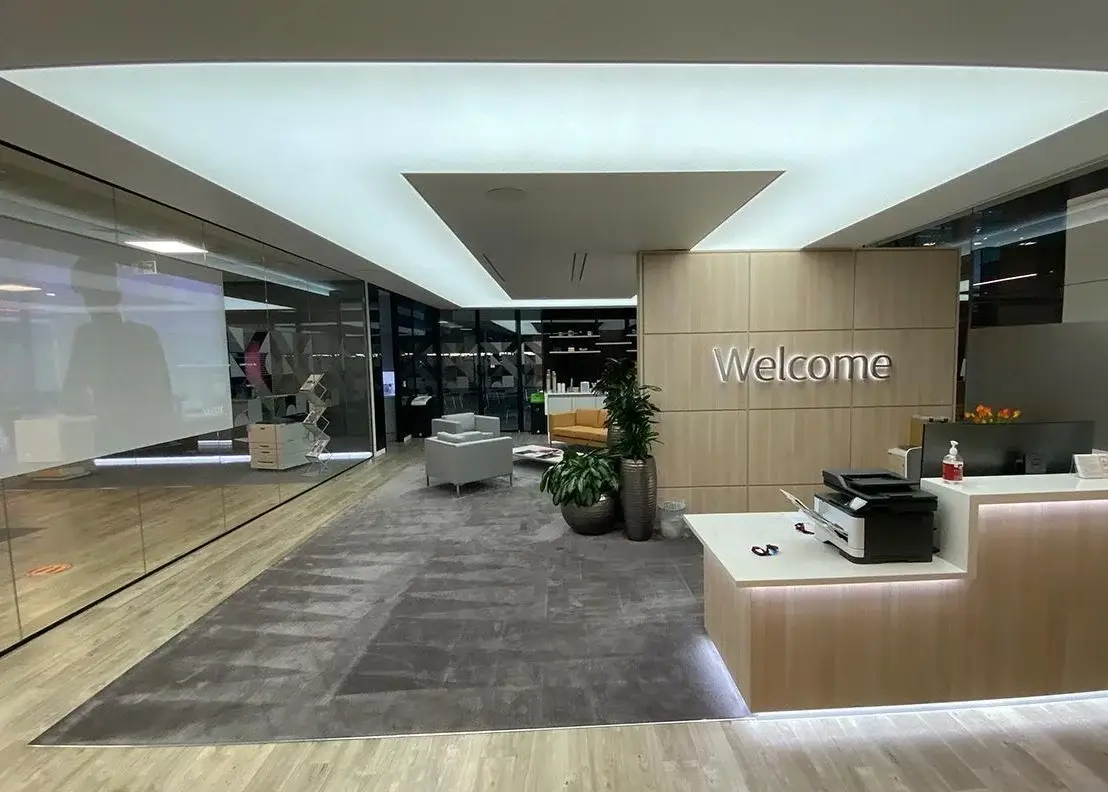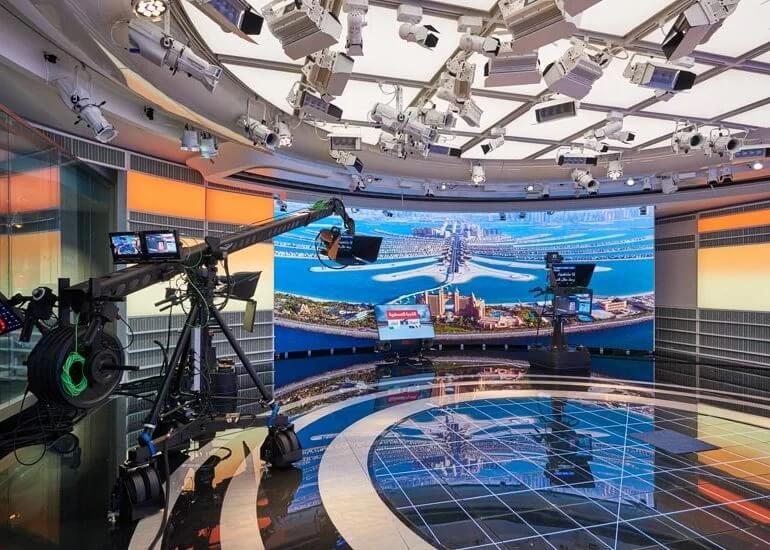Commercial
LUMENS, LUX AND LIGHTING: HOW BRIGHT SHOULD YOUR SPACE BE?
Selecting the right type of lighting based on the aesthetic of a space is important, but ensuring the levels of brightness are correct for the purpose of the space is critical. By measuring the brightness of a light source, lighting designers can ensure the right bulbs are selected to provide optimal visibility, functionality and safety.
At No Grey Area, we support bespoke lighting projects with a range of solutions, including lighting design and lux calcs to help you effectively use lighting design to enhance your workspace, living space or other environments, like healthcare, hospitality and education.
What is a lumen?
A lumen (lm) is a unit of luminous flux which measures the total amount of visible light – to the human eye – from a light source. The more lumens produced by a light, the brighter it is, meaning if a source has a higher lumen value, it produces more light.
The number of lumens in any space, from residential and commercial to retail and entertainment, can differ and depend on factors including the height of the light source or its reach.
What is a lux?
The concepts of lux and lumen are closely related.
Lux measures how much light actually reaches a specific area or surface from a light space. The amount of light that falls on a square metre, lux measurements help to determine how effectively a light source is in illuminating a specific surface or area.
Lux takes the distance from the light source to surface into consideration.
One lux is equivalent to one lumen per square metre.
At No Grey Area, our lighting design and lux calcs service includes our lighting designers working with clients to transform any space by implementing lighting designs that accentuate key features and maximise the impact of architecture and interior.
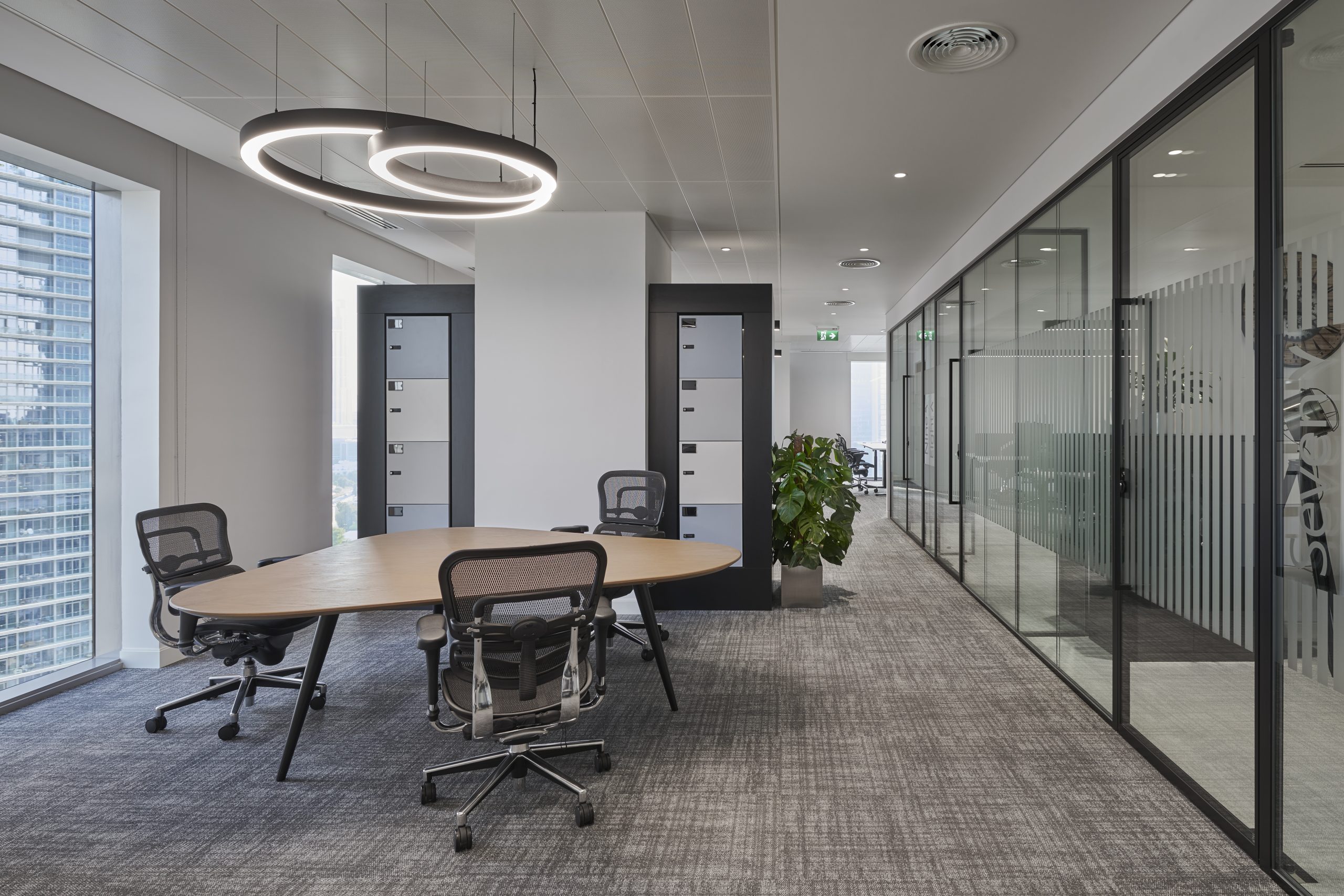
Why are lumens and lux important in lighting?
Ultimately, in lighting, lumens demonstrate how much light is being produced whilst lux shows how well the light is focused on what you are wanting to illuminate.
Because of this, it is important to make the right decision before selecting a bespoke lighting solution for a space. Understanding the difference between lumens and lux is crucial when making the decision on what light source or lighting fixture to use in a certain space.
From bespoke surface mounted and suspended lightboxes and recessed lightboxes to LED strip lighting and stretch ceilings, including illuminated ceilings, No Grey Area have a wide offering of bespoke lighting solutions which can be customised to meet the lumens and lux requirements of your project.
How many lux are recommended for different spaces?
From interior design trends shaping commercial spaces to the impact of biophilic walls on office spaces, bespoke lighting design has changed over recent years, and choosing the right level of lux has become even more important to ensure a space is lit to maximise performance.
Residential living spaces
With multiple rooms in a home, each with different purposes, it is important to understand the variety of lux needed for each space.
For example, in general living spaces, like the living room or bedroom, only 50 to 150 lux is needed. The recommended lux in a bathroom ranges from 150 to 300 and a study space can vary from 150 to 750 lux. In a kitchen, a general area, like a space for eating or socialising, should have around 150 lux, whilst a food preparation area should have a higher level of lux – around 400.
Offices and workspaces
Lighting design for offices is crucial to get right to maximise productivity and minimise work-related injury, like eye strain. The lux in office lighting also varies depending on the purpose of each space.
In general spaces, 500 lux is recommended, whilst at computer work stations, a lux of between 300 to 500 is ideal.
Staff areas are also necessary in workspaces for employees. These spaces require less lux because they are used for down time in between shifts or dedicated breaks. Changing rooms and toilets should be lit to 100 lux and restaurants, canteens and other eating areas require 200 lux.
In office spaces, lux can be combined with other bespoke lighting fixtures, like decorative acoustics and biophilic design.
Healthcare
In healthcare environments, like hospitals, human-centric lighting is used to align with our circadian rhythm and support the health and wellbeing of patients and staff.
In general nursing areas, like hospital wards and private rooms, 300 lux is recommended for bespoke lighting. In more high-pressure spaces, like examination areas and operating theatres, lighting with 1000 lux should be used to ensure the area is properly lit, for concentration and safety purposes.
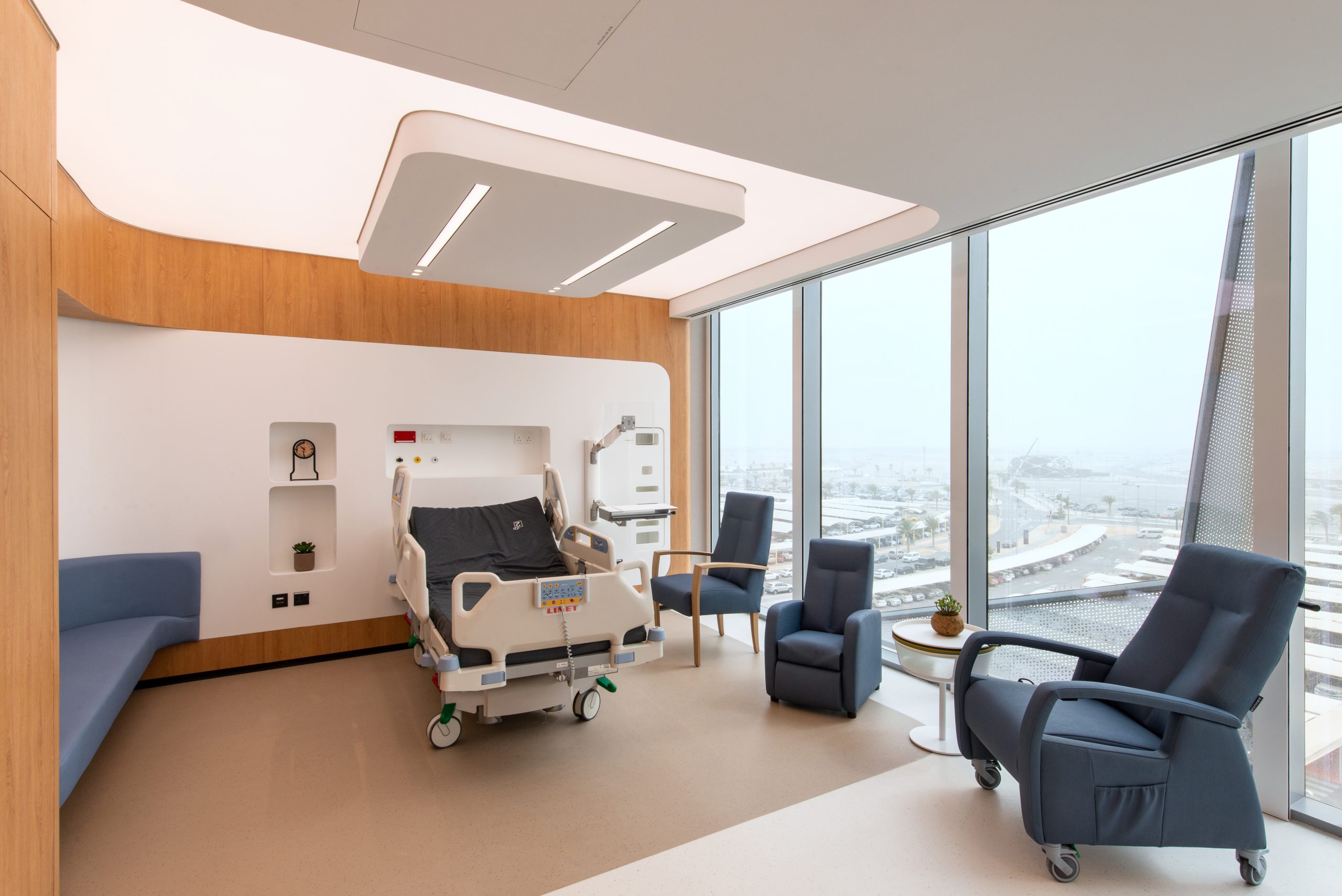
Retail and Hospitality
The recommended lux levels in retail and hospitality spaces vary entirely based on the space and its function, as well as whether ambient, task or accent lighting is preferred.
In retail spaces, bright lighting tends to be used. Supermarkets should use bespoke lighting at 750 lux, whilst hypermarkets need 1000 lux. Smaller outlets and garden centres use dimmer lighting, at around 500 lux each.
Hospitality lighting often takes plenty of consideration. For example, transforming guest experience with lighting in a themed restaurant which incorporates other interior design trends, like acoustics for hospitality and stretch ceilings, will require lighting of a different lux to a small, family restaurant.
These spaces may use retro and vintage influences on contemporary interior design lighting to add aesthetic and character to a space. Dining areas, like a restaurant, typically need between 200 to 300 lux, whilst kitchens and food preparation areas require 500 lux for safety and visibility. However, the number of lux depends entirely on the desired theme and purpose of a hospitality space.
Education
Educational spaces, like classrooms and university halls, require a minimum of 500 lux for general activities and specialised spaces like science or art rooms.
In schools for younger children, lighting controls should be added as part of the bespoke lighting to allow for spaces to be dimmed to 300 lux.
Selecting the right level of lux is one way to provide energy-efficient lighting solutions for schools, decreasing energy costs.
How No Grey Area can customise lighting based on desired lux and lumen output
Lighting designers play a crucial role in bringing custom lighting projects to life. You can find inspiration for your next project by attending one of the must-visit interior design events in the UK and UAE 2025-26 or by working with one of our expert lighting designers.
At No Grey Area, we support clients on a range of bespoke lighting projects, including providing guidance on the correct lux and lumen measurements for certain fixtures.
Contact us to see how we can work together to bring your project to life.
